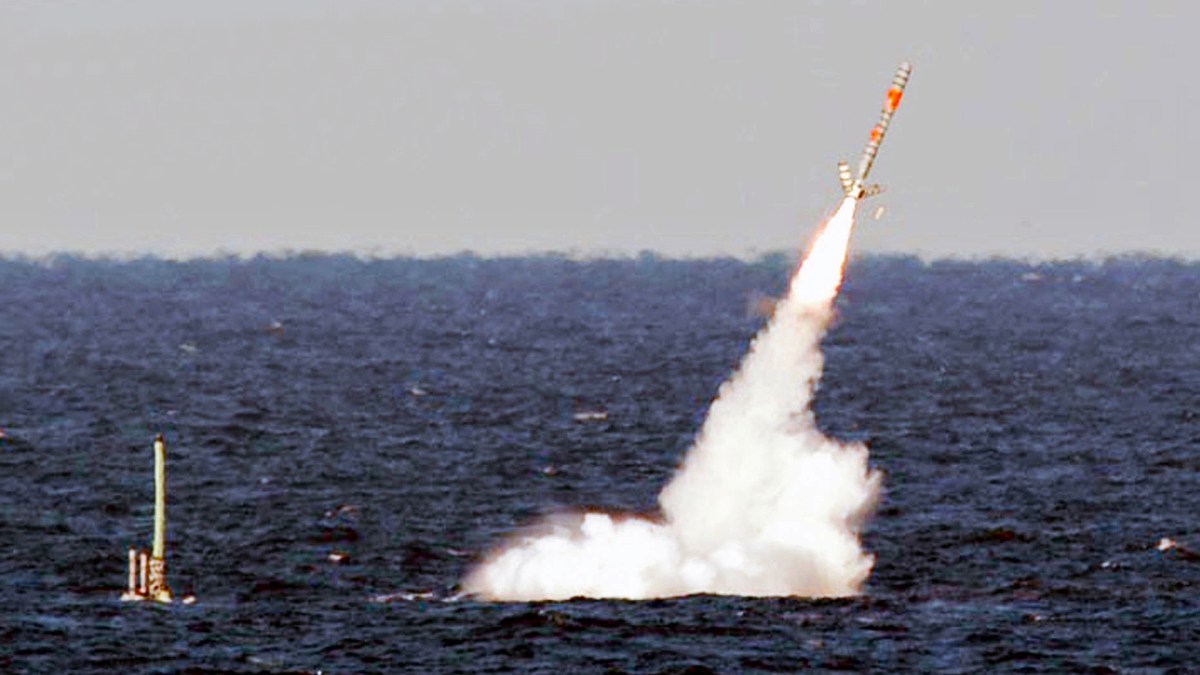Nuke, Coal and Gas plants are easy to destroy and take ages to replace, so too Wind Farms and Hydro Dams.As for defence relevance, every base in Australia needs electricity, that's why the Chinese tried to buy our powerstatiins, and were prohibited from doing so. Imagine an attack on Australia, and the enemy own and runs your power supply?
Imagine trying to defend an attack against 20square kms of wind turbines that if destroyed take years to replace. Imagine how easy it would be for just 1 person to destroy a wind turbine?
Imagine what just 1 cluster munition could do to a solar array?
Yes I know, Imagine what would happen if a nuclear power station took a few hits as well!
Coal and gas would be easiest to defend, and rebuild quickly.
Every Home or business with solar+battery setup becomes a power station, it’s a no brainer for defence in the future when most equipment goes electric or hybrid.
Ive seen an entire solar farm wiped out during a cyclone and then up and running again in 3 weeks(probably could be done in just a few days.)

